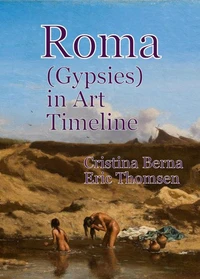This book shows the 10 Famous Views Of Naniwa (Osaka) by Hiroshige published in 1834. They are unusual in that they show markets with merchants negotiating. The 8 Views is a Chinese artistic and literary theme developed already in the 10th century and then transposed into Japanese culture, where it developed its own independent expression. Print artist Utagawa Hiroshige as many other Japanese artists took up the issue of 8 Views of Omi and again as other Japanese artists he expanded the theme into 8 Views of Kanazawa, 8 Views of Edo Environs and other locations.
To give some background there are many other prints especially about rice but also fishing and transportation, and cultural activities afforded by the wealth accumulated by the merchants. It is possible to travel to see the same sites today.
This book shows the 10 Famous Views Of Naniwa (Osaka) by Hiroshige published in 1834. They are unusual in that they show markets with merchants negotiating. The 8 Views is a Chinese artistic and literary theme developed already in the 10th century and then transposed into Japanese culture, where it developed its own independent expression. Print artist Utagawa Hiroshige as many other Japanese artists took up the issue of 8 Views of Omi and again as other Japanese artists he expanded the theme into 8 Views of Kanazawa, 8 Views of Edo Environs and other locations.
To give some background there are many other prints especially about rice but also fishing and transportation, and cultural activities afforded by the wealth accumulated by the merchants. It is possible to travel to see the same sites today.

 , qui est-ce ?
, qui est-ce ?